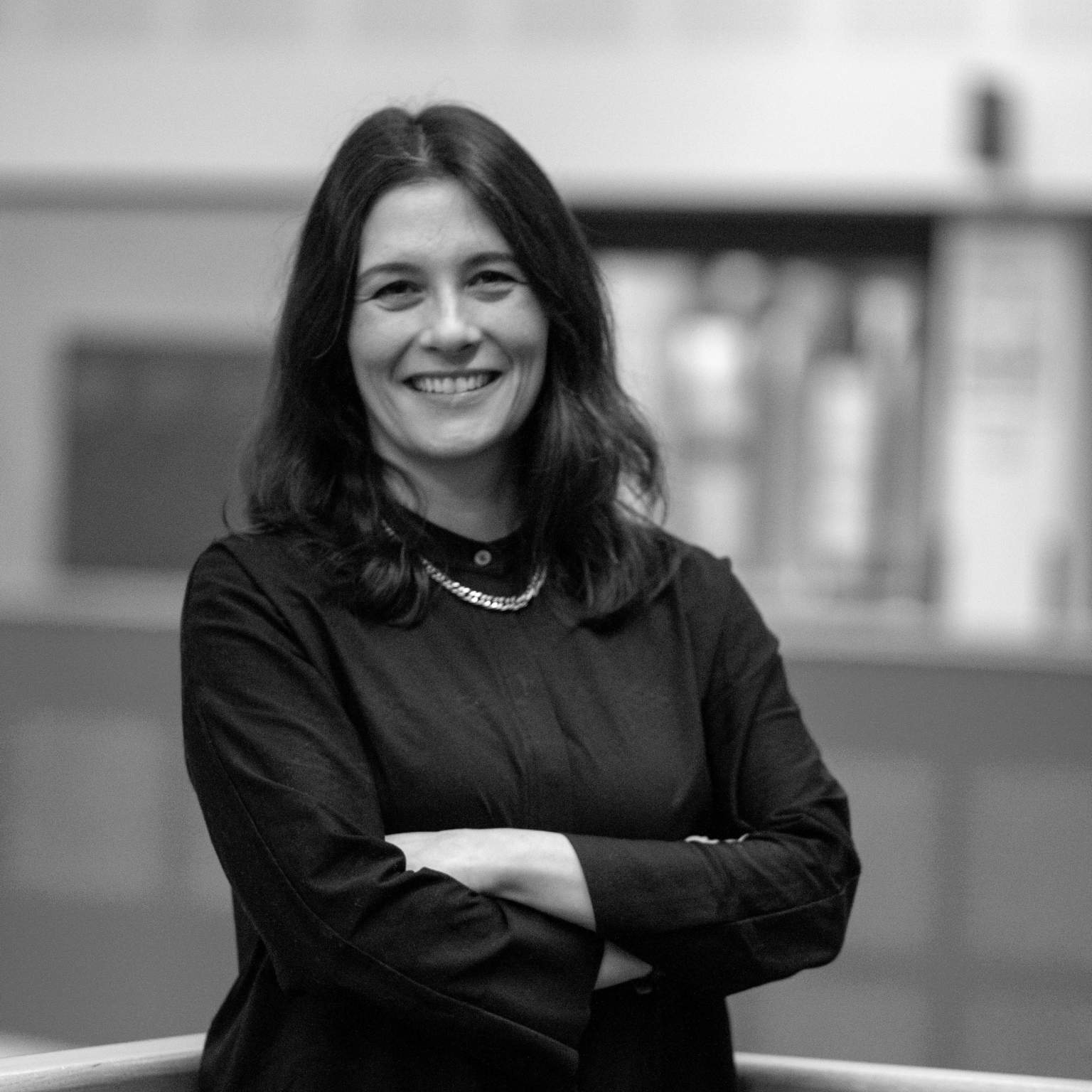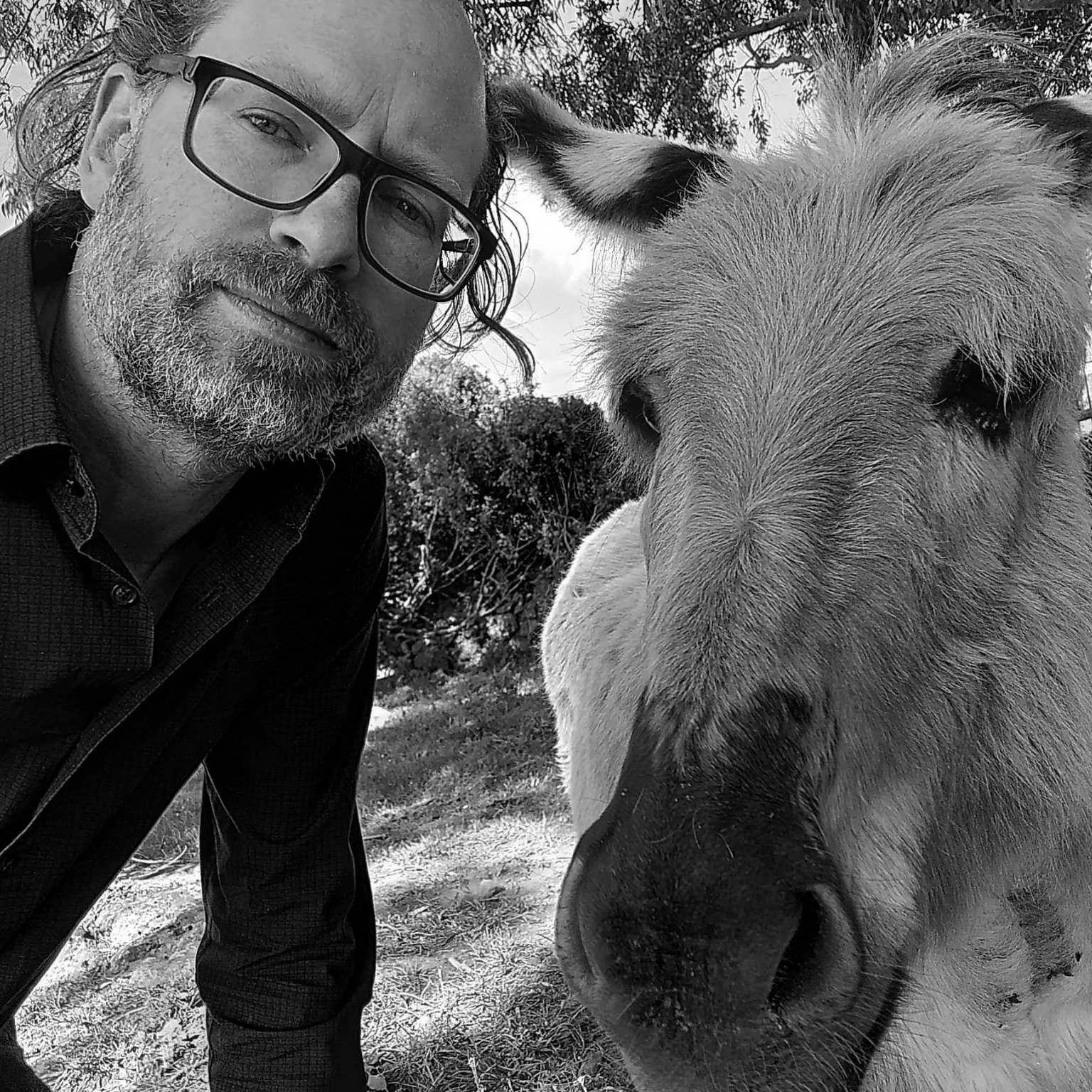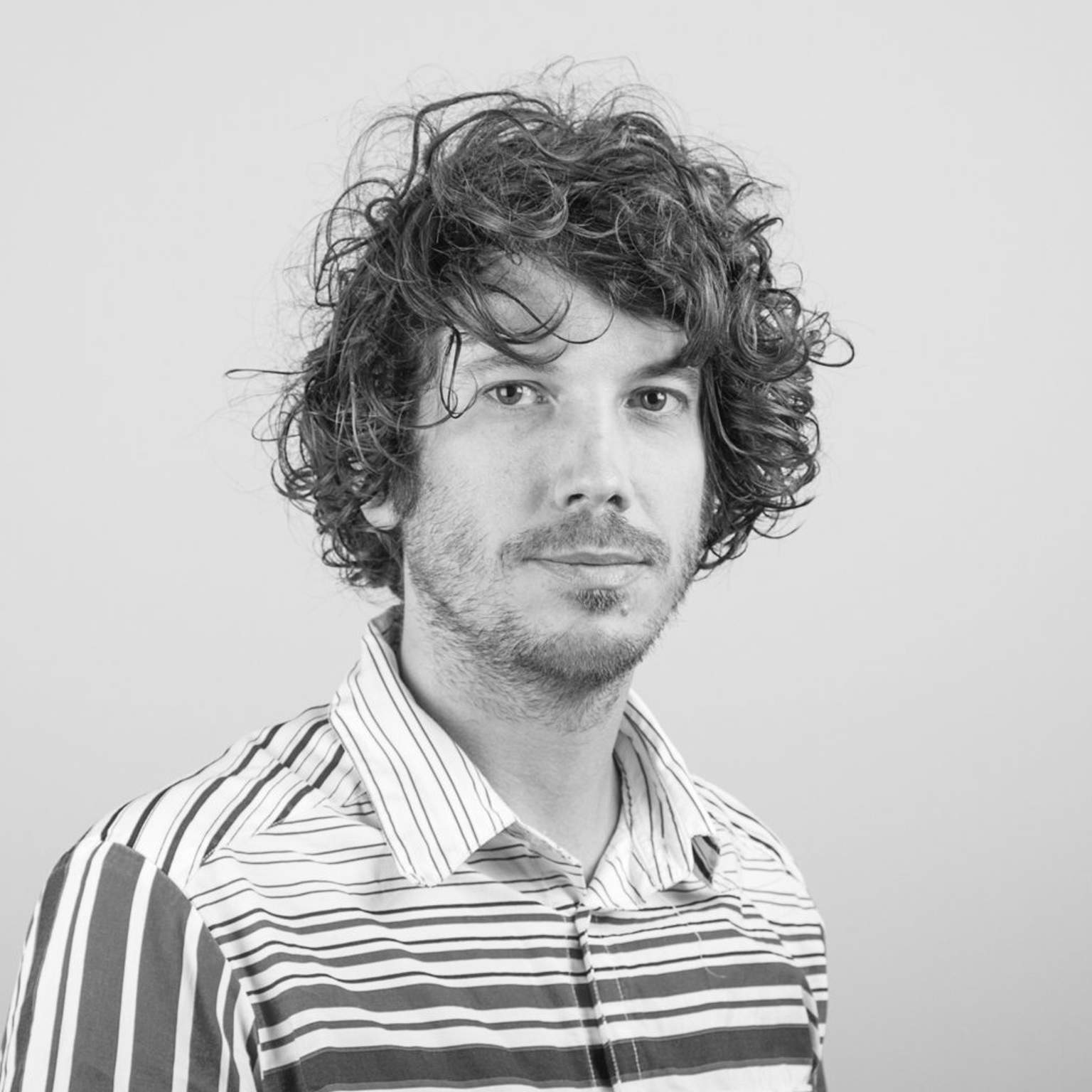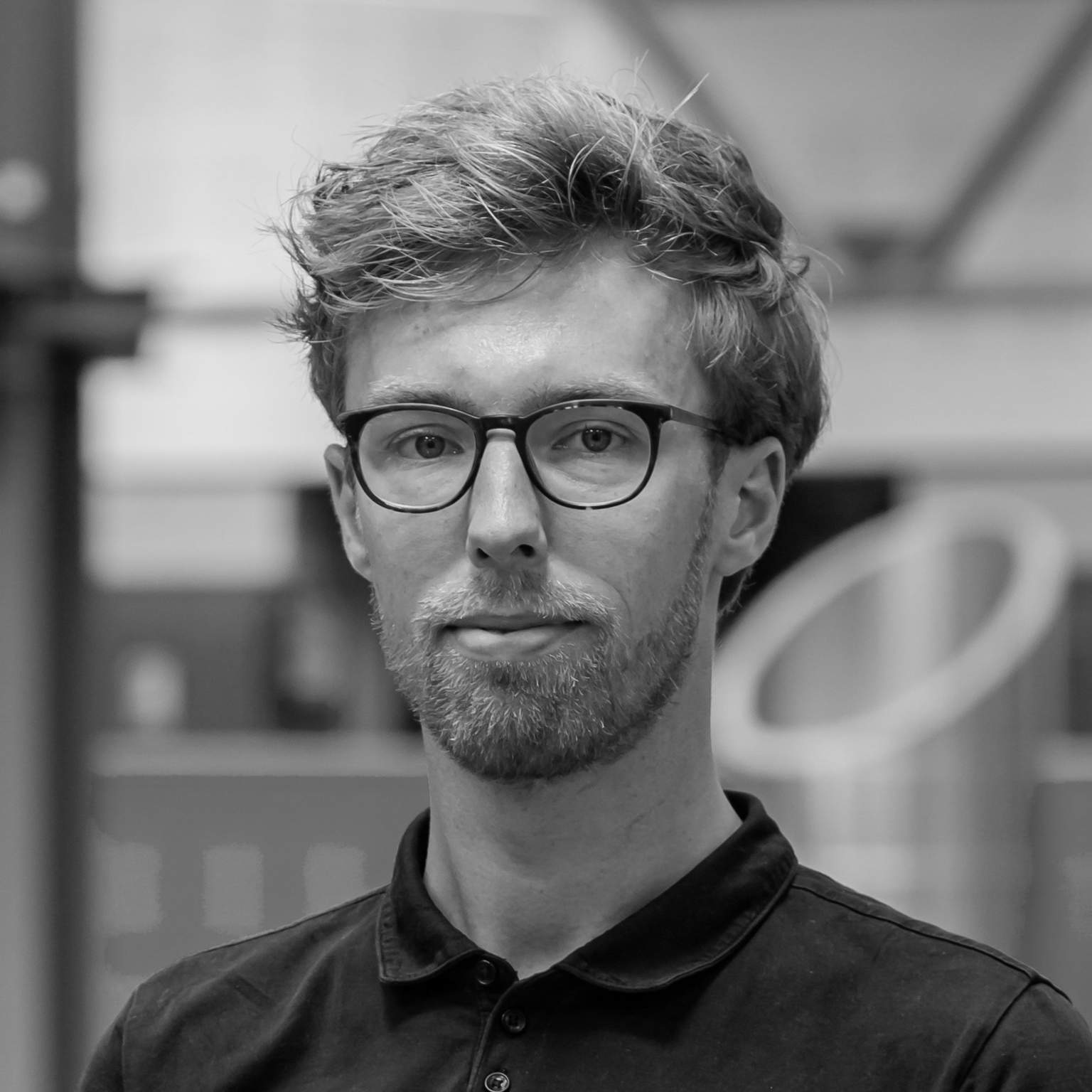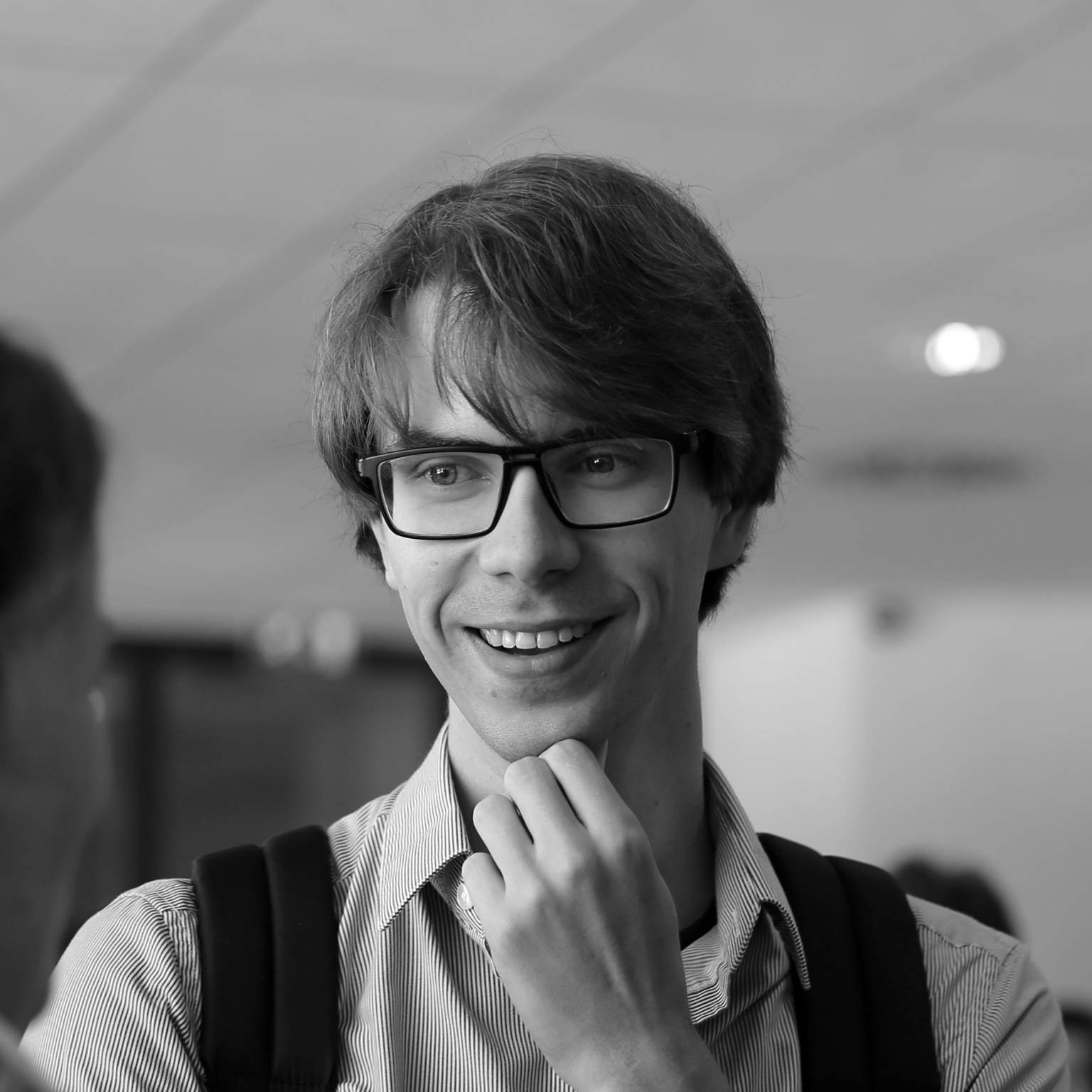The last years has seen a great surge of more-than-human (MTH) research and design. The field has explored ways of understanding, investigating, and imagining the world anew by going beyond human perception and cognition. Building on a strong theoretical ground of post-humanism, these pioneering works paved the way for studying why there is a need and what it means to have a MTH approach in design. Now it is time to connect these theories to MTH practice and develop our designerly ways of framing the scope and “doing” MTH design.
We are becoming increasingly aware that practicing MTH design requires a deeply engaged way of knowing the nonhumans we design for, and with. We need to focus on listening and attending to their pace, their ways of experiencing and knowing the world. It requires us to develop novel ways of accounting for the multiplicity of agencies, temporalities, and perspectives. Here, design can offer opening up possibilities for other ways of experiencing and knowing the world.
The projects at the Design United Exhibition under the More-than-human design theme reveal the growing design space in the Dutch context. They present excellent examples of how to be attentive to what humans and nonhumans may become in relation. From bees and algae to soil and sun, designers demonstrate the complex entanglements humans form with other beings. The project Solar Ears, for example, proposes a new way to relate to solar energy, with its presence and availability we often take for granted. It is an effort to connect energy back to its “source” and explore a way to listen attentively to it. A similar approach has been taken in the Negotiating with the Garden project, where the designer crafted a respectful space for attending to the spatial and temporal needs of bees. Similarly, this different human-nonhuman understanding of temporality is present in the Re-generative Ruin project, where deconstruction as an act was considered as a way to give back to the nature. The project Algae Cloud equally addresses the co-dependency with humans and nonhumans, especially how we can mutually care for each other.
Looking specifically at these projects and broadly at MTH design practices, there is often a playful side where we are invited to “think otherwise”. On the other hand, there is also a strong, critical call in the background to take other beings seriously, acknowledging them as key actors in the entanglements we design for. That is why MTH design is political in its intent and claims. There are interesting methodological questions regarding which proxies to use for exploring the perspectives of the “other” and how to include nonhumans in the design process without inadvertently extending humans’ hegemony over them. There are ethical questions about participation, equality and justice, and including perspectives that have been traditionally ignored in design processes.
We invite our community to join us in further opening up a new field of design. This unexplored area transcends simple and elusive ideals of human designers and users in control of the worlds we shape. The invitation is to accompany us - an ever extending community of human and nonhuman designers - in an understanding of the nonhuman organisms we depend on and always interact with. New adventures into unseen worlds of difference are waiting, which will require us to reinvent what it means to be a designer.




